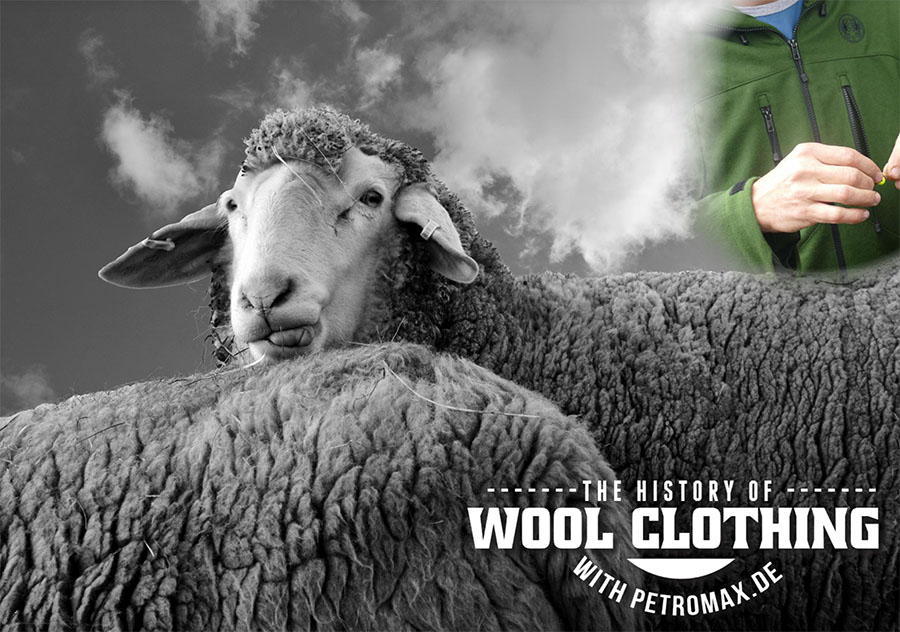 WOOL has long been used by mankind to produce clothing. Wool fibres can be obtained from a variety of animals, including sheep, goats and rabbits amongst others. The most common type of wool today is sheep wool. In the past, however, wild sheep were more hairy than woolly. Sheep were first domesticated as long ago as 11,000 years and archaeological evidence from Iran suggests that sheep may have begun to be bred for their wool around 6000BC. The earliest recorded surviving wool clothes have been dated to circa 3000 to 4000 BC. Woolly sheep were introduced into Europe from the Near East during the fourth millennium BC. In Europe, the oldest surviving wool fabric has been dated to circa 1500BC and was found preserved in a Danish bog.Before shears were invented, sometime during the Iron Age, wool was most likely plucked from sheep by hand or using bronze combs.
WOOL has long been used by mankind to produce clothing. Wool fibres can be obtained from a variety of animals, including sheep, goats and rabbits amongst others. The most common type of wool today is sheep wool. In the past, however, wild sheep were more hairy than woolly. Sheep were first domesticated as long ago as 11,000 years and archaeological evidence from Iran suggests that sheep may have begun to be bred for their wool around 6000BC. The earliest recorded surviving wool clothes have been dated to circa 3000 to 4000 BC. Woolly sheep were introduced into Europe from the Near East during the fourth millennium BC. In Europe, the oldest surviving wool fabric has been dated to circa 1500BC and was found preserved in a Danish bog.Before shears were invented, sometime during the Iron Age, wool was most likely plucked from sheep by hand or using bronze combs.
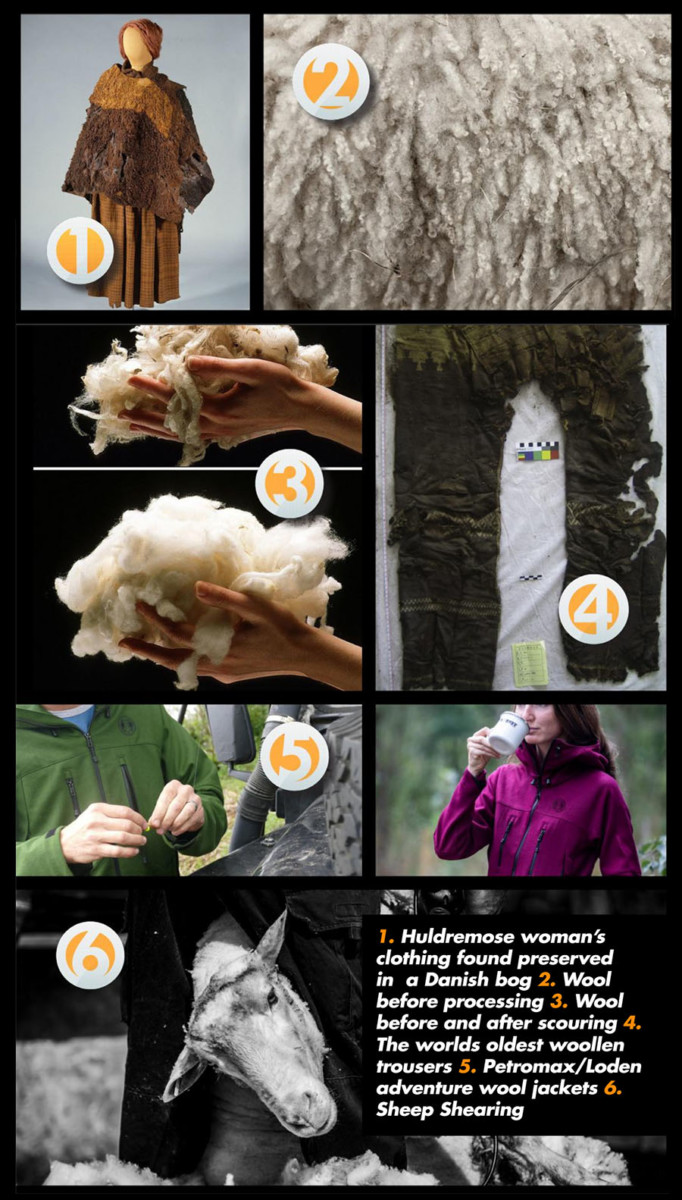
During the Roman era, wool, linen and leather were the most common materials to be used in clothing. In the medieval era, some trading fairs revolved around the production and sale of wool cloth and the trade in wool became a big and important business in Europe. In the 13th century this evolving wool trade became an engine of economic growth for what is now the Netherlands, Belgium and Southern Italy, and by the end of the 14th century Italy was the biggest producer. In England during the black death, ten percent of wool production was used for textiles and this English trade grew during the 15th century and the exporting of wool from England was strongly discouraged. Strict laws controlled the wool trade and the use of wool. Smuggling wool out of the country was for a time punished with the cutting off of the hand of the offender.

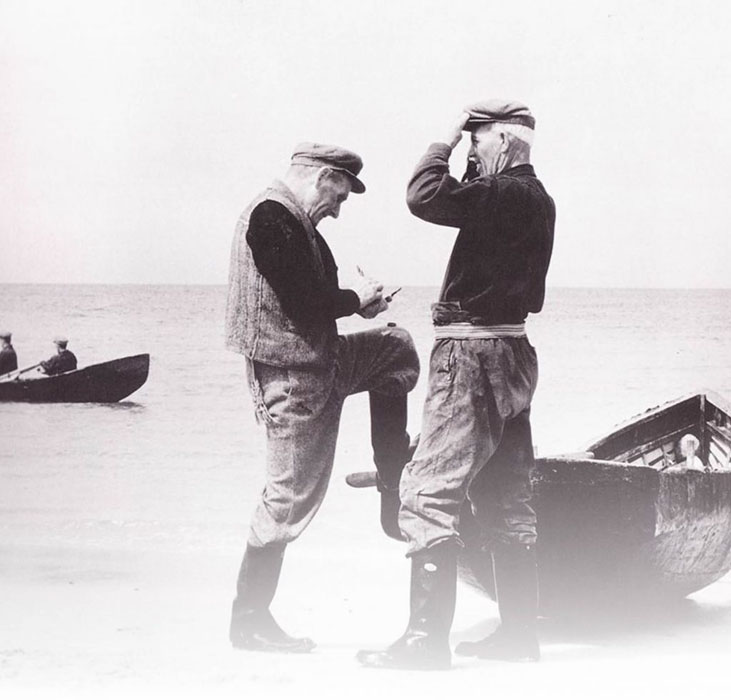
In 1699 the English crown prohibited its American colonies from trading for wool with any other country than England. Later, the industrial revolution introduced methods of mass production into the wool and cloth manufacturing industries. For a time Germany overtook England as a top producer and Germany was in turn overtaken by Australia in 1845 and Australia is today still the top producer internationally, with China and New Zealand in second and third places. Today global wool production internationally is about 2 million tonnes per year, and 60% of this is used to create clothing.Woollen clothes have long been favoured by fishermen and those working in cold and wet climates, as the clothes used by these outdoor workers, working in tough conditions had to be warm, hard wearing, water repellent and easy to repair.
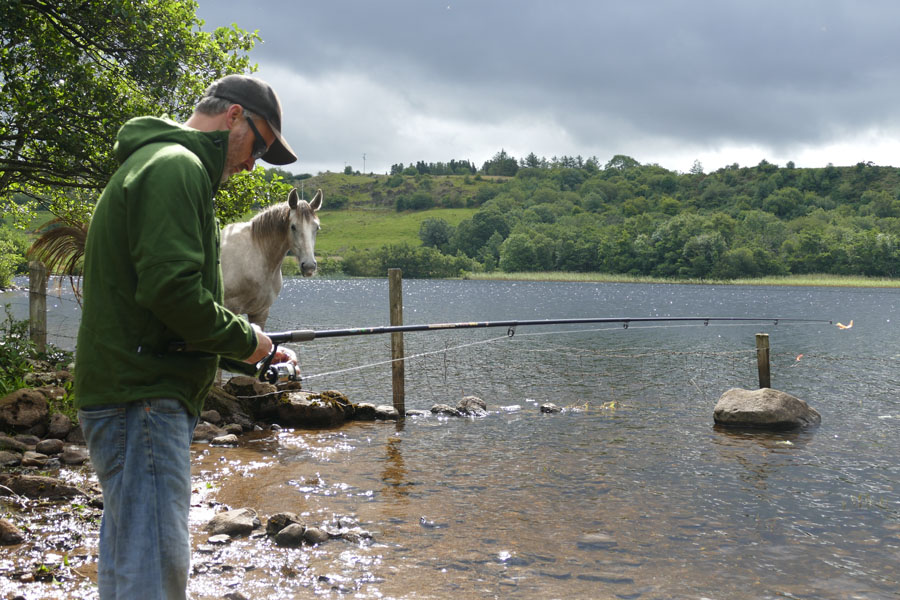
Untreated wools still maintain the fatty lanolin from the sheep and can make the wool almost waterproof. In addition wool fibres can absorb a lot of water, around 20% of their weight in water before it starts to permeate the fibres, and this is why tightly woven raw wool fabrics have been worn by fishermen and outdoorsmen over the years.

It’s no secret that Germany have been world leaders in the production of wool over the centuries and like most things that come out of Germany this product is also of a very high quality. The recently launched Petromax Deubelskerl Loden jackets has taken the wool jacket for outdoor enthusiasts to a whole new level. Designed for adventures, campers, fishermen and basically anybody who loves the great outdoors and who appreciate the importance of wearing high quality products. The traditional Loden fabrics used in their wool jackets are combined with modern and athletic cuts that are made from a robust wool fabric, are spark-resistant, warm and also water repellant. The outer material is 100 % milled sheep’s wool and manufactured in Germany, they are exceptionally breathable, extremely durable and made from sustainable materials ,they also just happen to look the business. Product features of the Deubelskerl at a glance -Hood adjustable in three positions, high collar, two chest pockets and two large side pockets (one-handed operation, lined with mesh), cuffs with hook and loop fastener, adjustable elastic bottom, two-way zip. Embroidered dragon logo on chest and back of the jacket.

Technical Details
Outer material: 100 % Loden (milled sheep’s wool)
Material thickness: 1.1 lb / rm
Colours: Walnut brown, Reed green, brown, black, Iron Ore, stone grey and green.
Sizes: XS – 3XL
How to care for Petromax Loden?
Petromax Loden Clothing is very low-maintenance and when observing the following tips it will endure many years of adventures: After wearing your jacket, a simple airing of the garments suffices for them to smell fresh once again. Milled Loden does not absorb odours and also proves resistant against body odours or smoke odour. Accumulated dirt can be simply brushed off when dry. For strong and persistent dirt Loden clothing can also be simply dry cleaned if necessary. It is also interesting to note that regular ironing condenses the garments surface and also preserves the water-resistance. You should always adjust your iron to medium and smooth out your garment surface with low pressure. It is recommended to cover the logo and lettering embroidery with ironing paper. If looked after this jacket will last a lifetime.
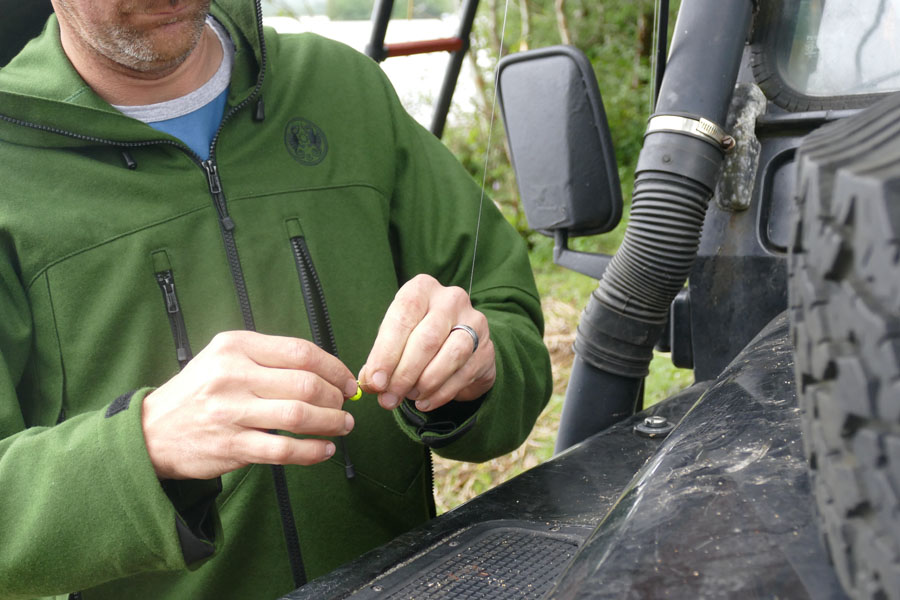
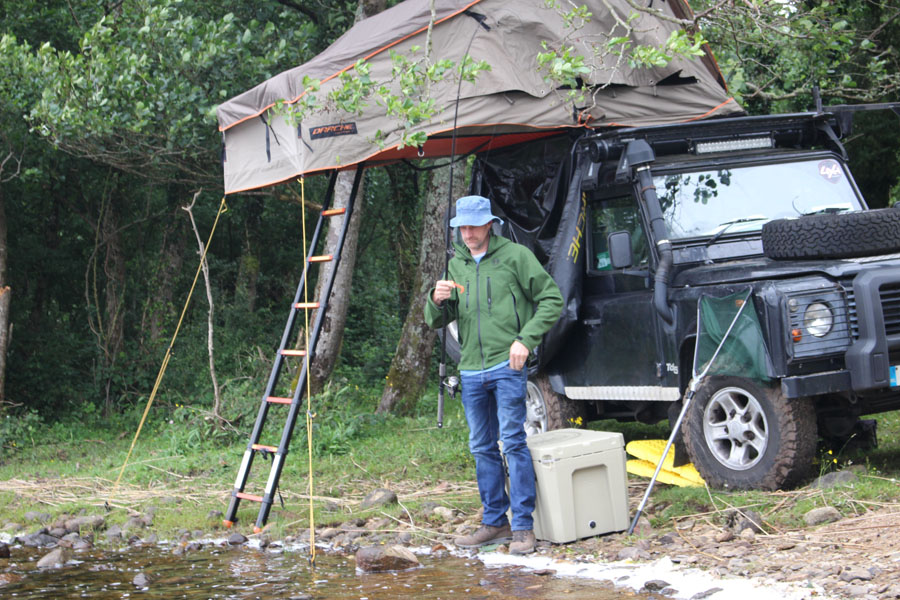




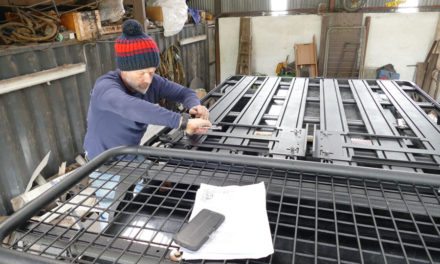



Recent Comments